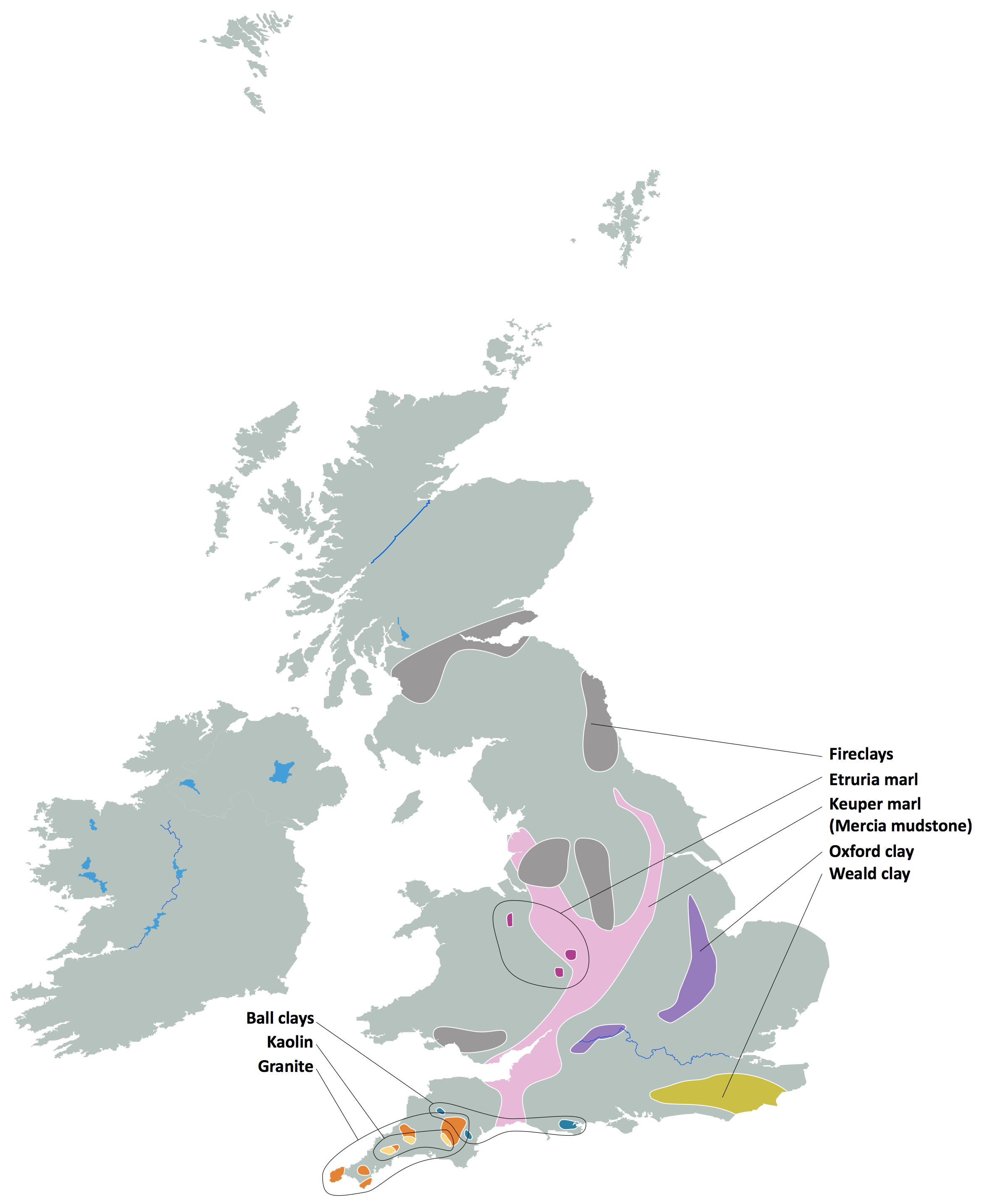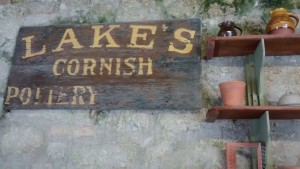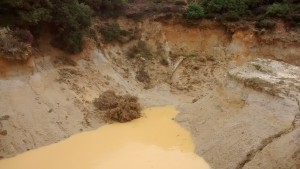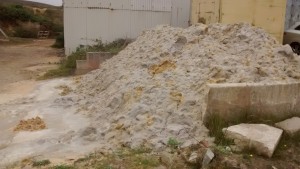
I am currently writing a book on Science for Potters for the American Ceramics Society. An extract on Geology for Potters has been published in Ceramics Monthly November 2015. Many potters use locally sourced clays and rocks in their clay bodies, slips and glazes. While researching for my book, I have become interested in geology and spent part of my recent holiday in Cornwall visiting clay mines and searching for rocks. My father used to take me on rock collecting expeditions to Aust Cliff under the old Severn suspension bridge, where we found quartz crystals and fossils. Aust Cliff is composed of layers of red mudstone and limestone. You can see in the geological map below, it is part of the Mercia mudstone red clay shale deposit which stretches from the north of England coal beds down to the south coast. I recently visited an exhibition in National Museum Cardiff on the geological maps of William Smith, who first realised that layers of rocks were laid down in a sequence according to the fossils embedded in them.
You can read my article here:









